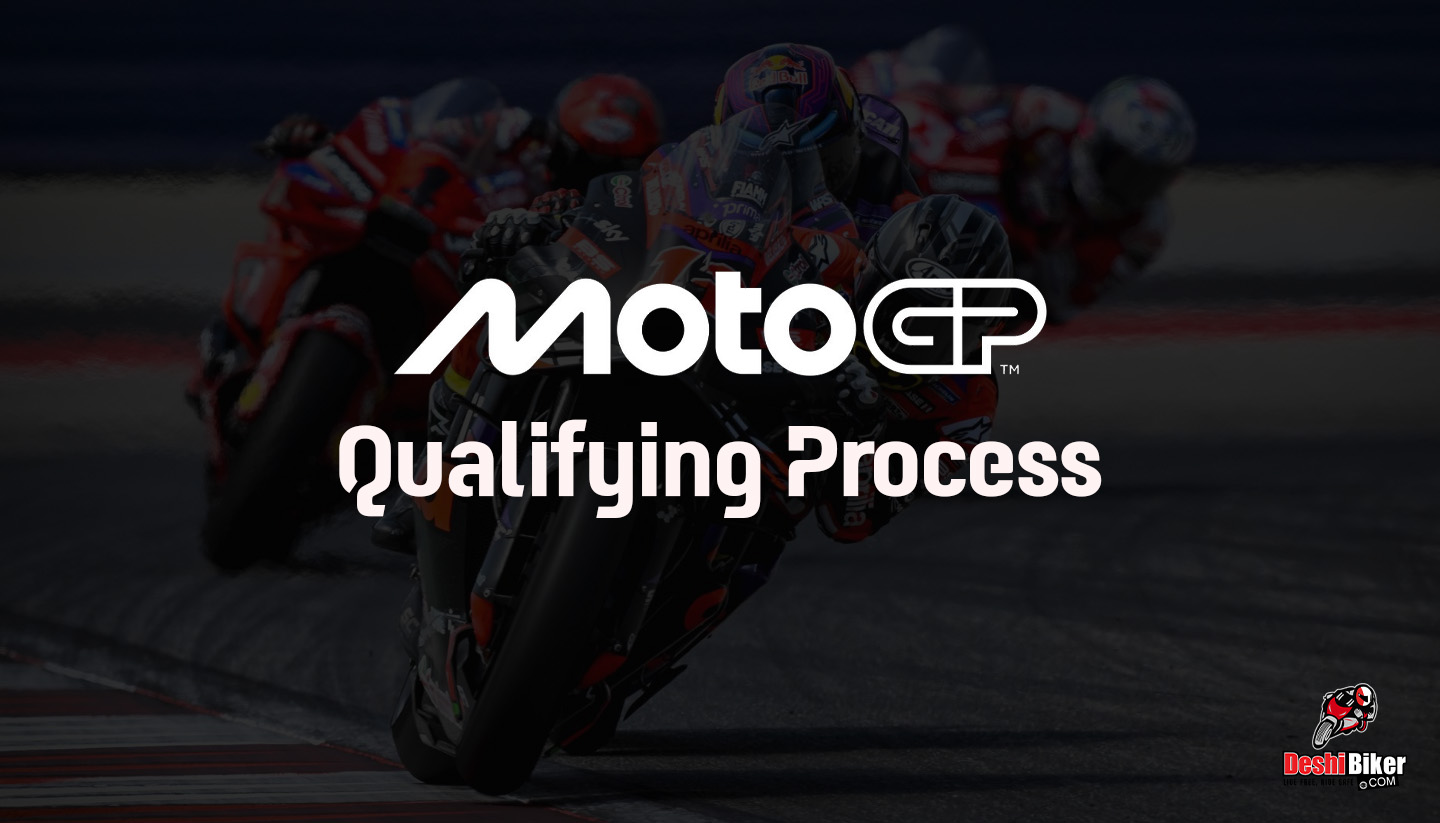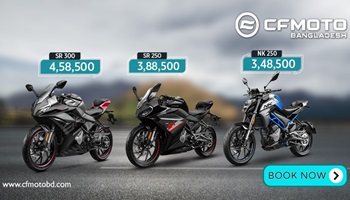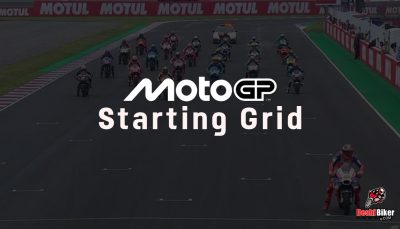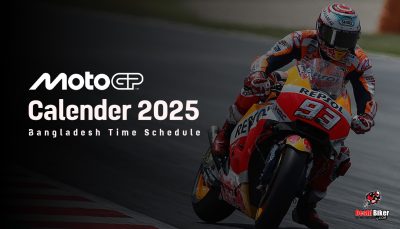How Does the MotoGP Qualifying Work?

The MotoGP qualification process might seem a bit complex if you are a new fan. Almost every fan faced this issue during their early days. “How Does MotoGP Qualification Work?” It’s a common question for moto-racing lovers. Also, How do you get selected for MotoGP? Here DeshiBiker will provide an easy explanation of how the MotoGP Qualifying works.
How Does the MotoGP Qualifying Work?
Before going into a deeper discussion, let’s briefly introduce some of the terms.
What is the meaning of Q1 and Q2 in MotoGP?
There are 2 qualifying rounds in MotoGP. Q1 refers to Qualifying Round 1 and Q2 refers to Qualifying Round 2. They come after the Practice Sessions.
What is the 105% rule in MotoGP?
Racers look forward to setting their fastest lap times to grab the best possible starting position for the race & the sprint. Well, the 105% rule means, a rider can take up to 105% time or less than that of the fastest rider’s best time to finish. For instance, if the best rider finishes at 100 seconds, the other riders must finish within 105 seconds or less to qualify. Well, currently it’s the 107% rule that means for the top rider’s 100-second finish, others can take up to 107 seconds to qualify.
How do MotoGP Qualifiers Work?
Free Practice 1:
Previously, it used to be counted. In fact, all 3 Free Practices combined timing was the determinant for the entry into Q2. But with the rules changed, the Friday Morning session lasting 45 minutes is “Free Practice 1”. It doesn’t count for an entry to the Qualifier 2. Rather it’s now an occasion for riders, teams, and factories to set up or dial in.
Practice:
This session takes place on Friday afternoon. It lasts 60 minutes. This is the session that counts for the rider’s entry to the Q2. The rider who finishes within the top 10, gets a direct entry into the 2nd qualifier and it eventually helps to have the better grid position.
Free Practice 2:
There is another Free Practice session on Saturday mornings before the start of the qualifiers. It lasts 30 minutes.
Q1:
Riders who finish outside the top 10 in the Practice session fight in the Qualifying 1. Only 2 top finishers from this round make it to the Qualifying 2, where they battle for the pole position. This is a Saturday morning event lasting 15 minutes.
Additionally, some other riders who won’t take part in Q2 for the pole position but also qualify for the race. So, they will start from the 13th place onwards based on their times/position.
Q2:
Another 15-minute Saturday morning event. The Qualifying 2 features 12 racers, 10 top finishers from the Practice, and 2 best finishers from the Q1. These 12 riders fight for the pole position. The one who finishes fast in the Q2 will start from the pole position. All 12 finishers get a position in the grid based on their finishing position in this round. The position counts for both Sprint and Race. For instance, the rider who will finish 7th in the Q2 will start from the 7th spot in the Sprint and Race.
MotoGP Qualifying in a Nutshell
| Session | Scheduled For | Length | Number of Spots & What to Achieve? |
| Free Practice 1 | Friday Morning | 45 Minutes | Riders, Teams, and Constructors Try Set Up, Dial-In, or Trial |
| Practice | Friday Afternoon | 60 Minutes | Top 10 Directly Moves to Q2, Others Move to Q1 |
| Free Practice 2 | Saturday Morning | 30 Minutes | Similar to FP-1 |
| Qualifying 1 | Saturday Morning | 15 Minutes | Top 2 Joins Q2 for Pole Position, Some others qualify for the Race starting from 13 position onwards on Grid |
| Qualifying 2 | Saturday Morning | 15 Minutes | 12 Riders Battle for the Pole Position and Better Spot in the Grid for the Sprint and Race |
Slipstreaming and Track Positioning are among the most used and famous techniques for the MotoGP riders to enhance lap times. Stratize to avoid traffic may result in better lap times for the rider & the team. Hope this content, helped you understand the MotoGP qualification with ease.


























